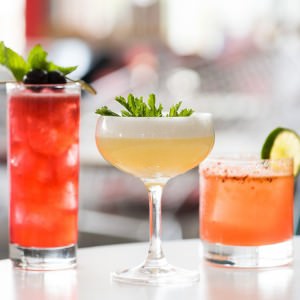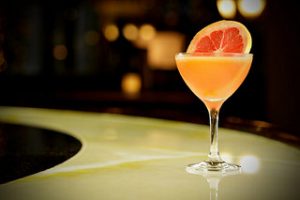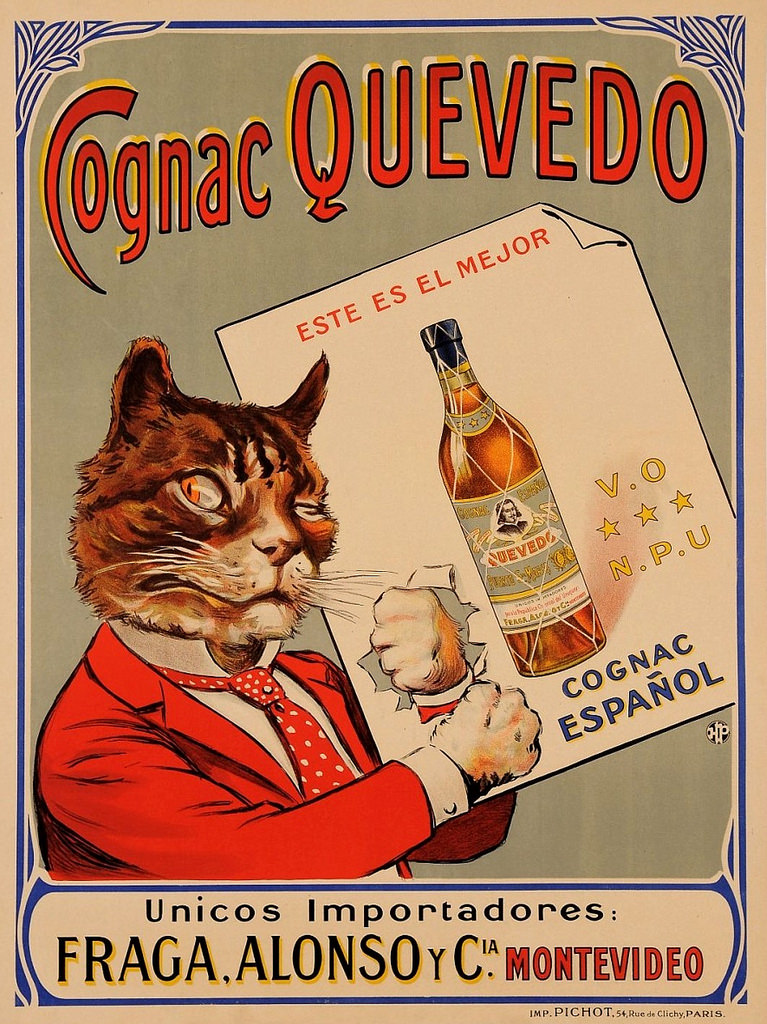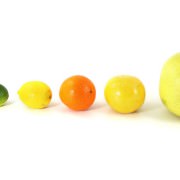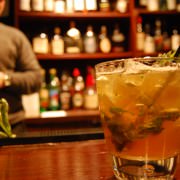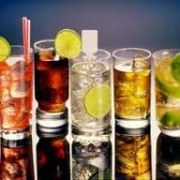State of the Bar: 2018 Cocktail Trends
For the unfamiliar—or the unimpressed—cocktail culture can seem unapproachable. But to take part in the cutting edge of cocktails in 2018 means to simply enjoy the ride by letting your curiosity lead you to new flavors and exciting drinks. So what’s the future hold for 2018 cocktail trends? Some past trends continue with new twists and new flavors quench drinker’s changing tastes. Cozy up to these new cocktail trends and when you see them dotting the menu at a local bar, don’t hesitate to jump on the bandwagon.
Flavor of the House: Vermouth Trends
Amaro, or Italian bitters; vermouth from Italy, France, and Spain; these have all been gaining traction and inspiring bartenders for a few years now. But it’s growth seems to be in no danger of slowing. And as low-alcohol cocktails become less of a trend and more of a staple of new age cocktail culture, vermouths, amari, and other low-alcohol liqueurs will continue to be used and tinkered with for cocktail menus. One way they’ll be tinkering?
House Made Vermouth
House infused vodka was an early staple of the nascent cocktail revolution that gained popularity because it was so easy to do. You didn’t need to know the science of molecular mixology to slice cucumbers or jalapeños and soak them in a mason jar filled with vodka. Anyone could do it. The spirit of house crafted flavors was contagious. Cocktail enthusiasts are now taking that same infusion ethos to spice up table wines and make their own vermouth.
This is a great way to be on trend and add depths of flavors to cocktails. It also adds some fun to low-ABV cocktails that are still gaining attention nationwide.
Sherry Vermouth
There is another rising sub-trend in the vermouth craze. Egor Polonsky of distributor Southern Wine and Spirits, notes that he is excited about “Sherry-based vermouth. Like La Copa by Gonzales Byass.”
Sherry vermouth is often a richer, spiced version of Italian, or sweet vermouth, despite the fact that there is often less sugar in sherry based vermouths. These are great to sip on their own, but add depth and spice to cocktails like the classic Manhattan.
Vegetable Cocktails
Culinary cocktails have been a big part of restaurant cocktail programs for some time now. But they regularly featured fruits or house made syrups and tonics. Vegetable juices and syrups are now beginning to make their mark on the cocktail scene. These flavors can surprise, with juices from carrots adding bright flavors or deep sweetness from root vegetables like beets. Have you ever had mezcal with beet juice? It’s a delicious and surprising combination, smokey and refreshing.
Sustainable Bar Movement
Bartenders are more conscious about the waste created in bars and restaurants. Tales of the Cocktail hosted their first Sustainability Summit in 2017, which has a focus on biodiversity in agriculture. As the movement grows in bar programs in the U.S. and abroad, the use of vegetables will increase as a way to utilize and take advantage of the full range of agriculture grown and produced on farms.
Paloma Cocktail
When you think of refreshing Mexican cocktails, you probably think of a margarita, right? You wouldn’t be wrong, but you should also give some love to another favorite Mexican tippling favorite: The paloma.
As American palates become more accustomed to bitter flavors in their food and cocktails, the paloma is primed to become a new favorite. Traditionally made with grapefruit-flavored Jarritos, a soft drink from Mexico, American soda companies like Q Soda are creating grapefruit sodas with the paloma specifically in mind. The cocktail mixes tequila with grapefruit, lime juice, soda, and some salt.
The fact that soda companies are now making a push to produce ready made grapefruit sodas for bars, making them more widely available than Jarritos, means that more soda companies will hop on the grapefruit wagon in order to stay competitive. This will simplify how bartenders make palomas. The viral and IRL popularity of flavored sodas like LaCroix shows that the market is ready for more flavored sodas. An eager crowd calling for grapefruit soda gives the paloma a chance to make waves like the craze for ginger beer that propelled Moscow mules into new classic status.
Here’s the a recipe for a Paloma without grapefruit soda, from Saveur:
2 oz. tequila blanco
Juice of half a lime (~.75 oz. of juice)
3 oz. grapefruit juice
3 oz. seltzer
1 pinch of Salt
Lime wedge, for garnish
Premium Spirit Cocktails
The Cadillac Margarita is a top shelf throwback from 1990s bar life. But the idea of using top shelf ingredients in the way that the Cadillac makes use of Grand Marnier instead of triple sec and reposado tequila instead of blanco, is catching on in the bartending world.
Most bars look to make the best cocktails with quality ingredients, but also want to make sure their drinks are affordable for customers. That will always be the main goal, but bartenders are becoming less finicky about mixing high end, premium spirits in cocktails. The trend is making a splash in perhaps the most cliché space, at the first proper cocktail bar in Brooklyn, the Clover Club. The bar is offering a new menu titled “The Reserve,” which calls for cocktails with high end spirits. Its manhattan uses Wild Turkey Rare Breed for the base, and Russell’s Reserve Single Barrel Rye as the lead spirit in The Fixer.
Bars won’t limit their menu to premium spirits, but inspiration from the Clover Club will result in more reserve cocktail lists, similar to a Captain’s or Cellar List for premium wines.
Vintage Spirits
History has always been one of the most important factors in the cocktail revival. From books like David Wondrich’s Imbibe to old cocktail books like The Savoy being resurrected and its recipes tweaked for the modern drinker. Now, more bars are seeking out and finding old, vintage bottles of booze. These bottles are gut fuel for history and cocktail nerds; comparing label and design changes over time, or how new ingredients were used when others fell out of fashion due to cost and supply, or legality, is half the fun. The other half is drinking them.
Milk Room, a bar at the Chicago Athletic Association hotel, has been one of the pioneers in this niche movement. Don’t expect vintage spirits to take over, the finite availability and legwork required to procure bottled history is an immovable gatekeeper that will prevent it from spreading en masse. But if you find yourself near a bar that offers these spirits, don’t miss out on a chance to cheers to the past.
This is the Cocktail installment for Uncorkd’s State of the Bar: 2018 Beverage Trends. Read our 2018 Beer Trends and 2018 Wine Trends predictions.
- 5 Fall Cocktails to Capture the Flavors of Autumn - September 26, 2018
- How Restaurants Can Ignore Sales and Increase Profits - May 9, 2018
- 2018 Spring Wine Trends - April 18, 2018


